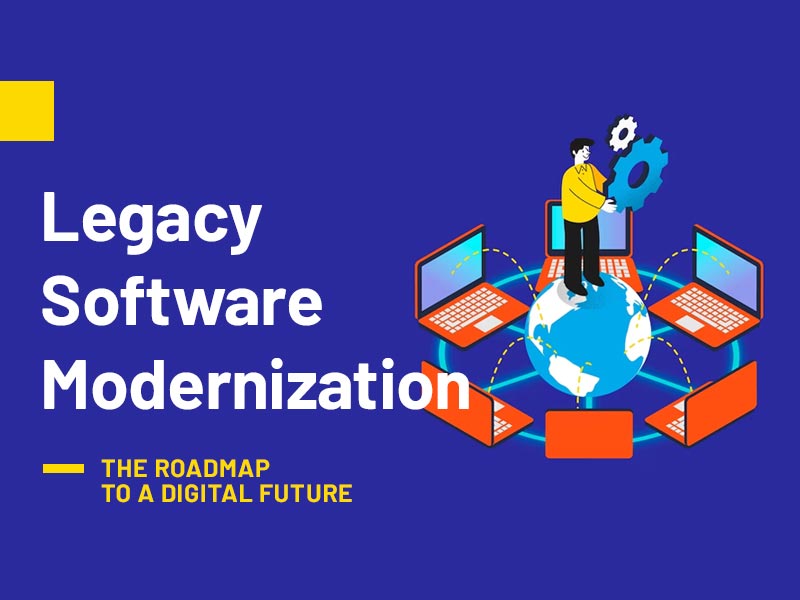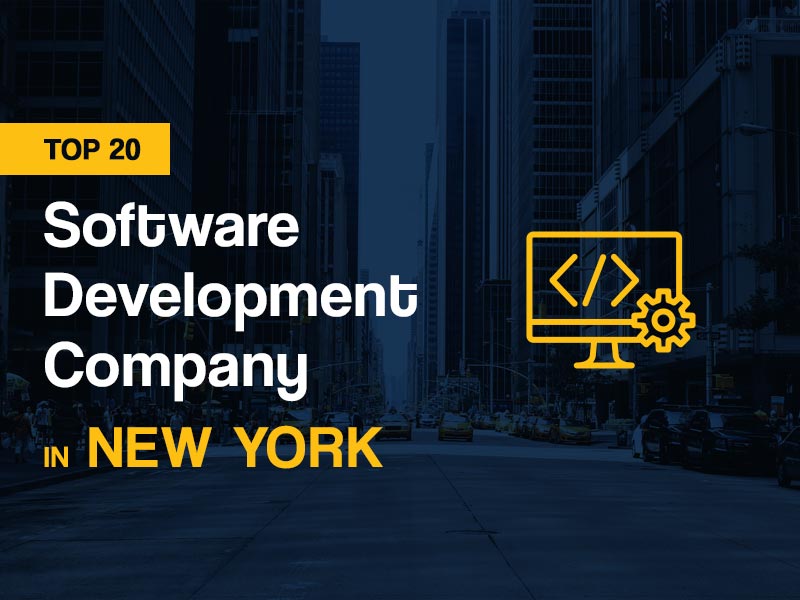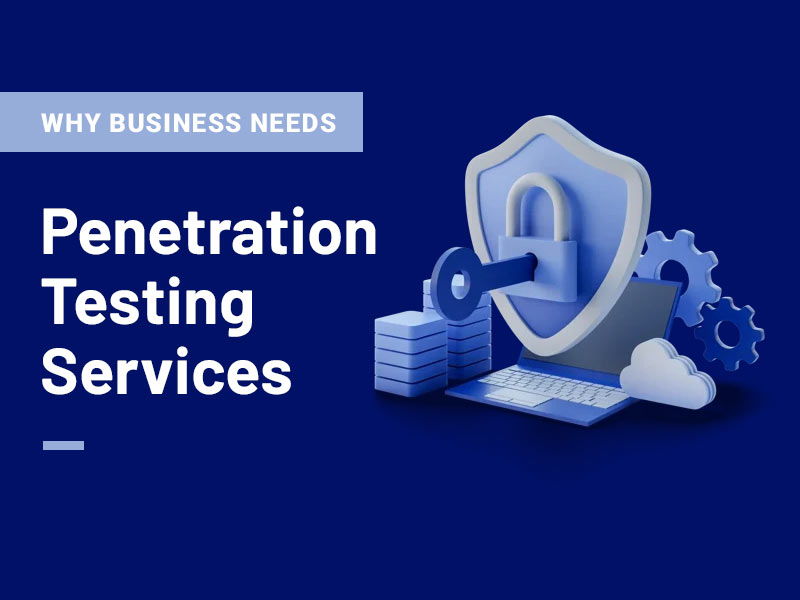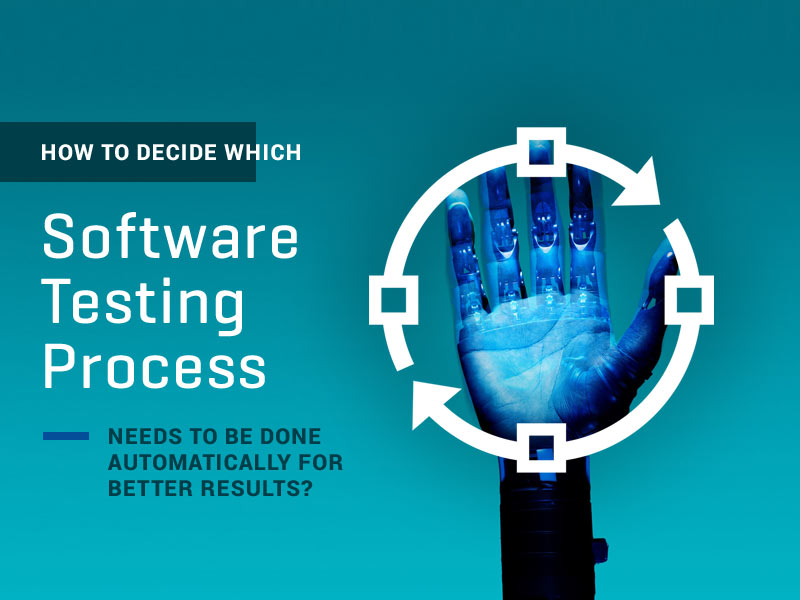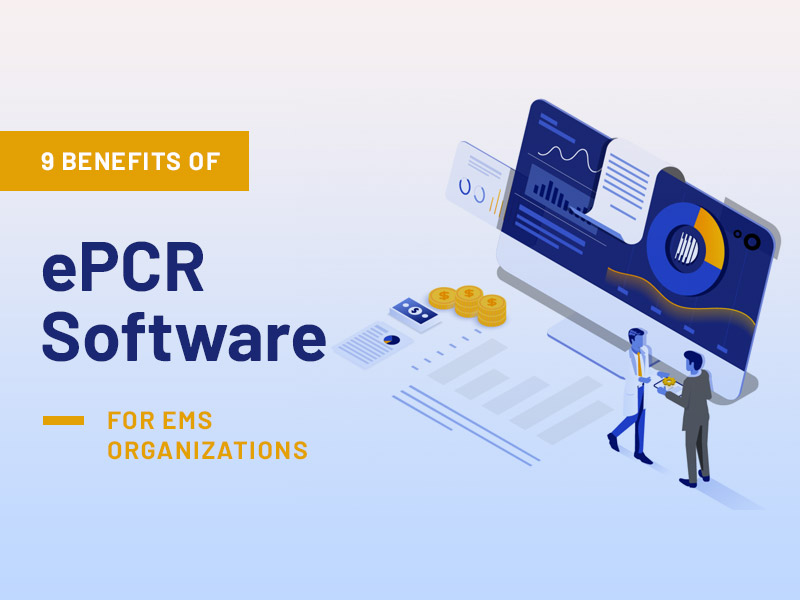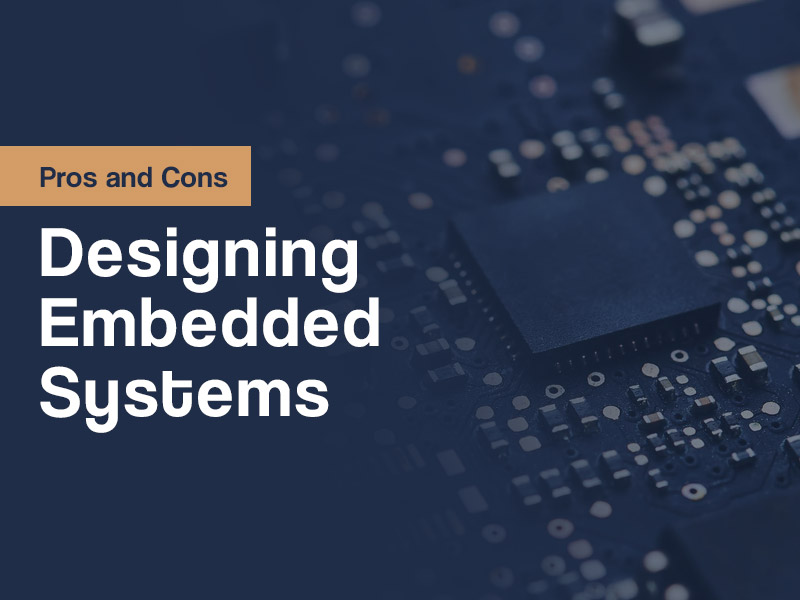In the world of digital transformation, legacy software modernization stands as a beacon of progress. Legacy systems often hamper an organization’s journey to a seamless digital interface and streamlined operations.
Recent research, polling 800 senior IT decision-makers worldwide, reveals that 80% believe the absence of software modernization could stymie their business growth in the long run. Moreover, those embracing modernization could foresee a 14% revenue uptick annually. Such organizations are also primed to leverage the potential of frontier technologies, expected to amass a worth of $3.2 trillion by 2025.
Here’s an in-depth exploration of legacy software modernization, its implications, challenges, and best strategies.
Legacy Software Modernization Defined
Essentially, legacy software modernization is about updating and enhancing software capabilities. It entails transitioning from conventional software functionalities to newer, relevant ones in line with current IT advancements. A classic instance is the shift from mainframe-dependent enterprise IT setups to cloud architectures laced with microservices and containers.
The Cloud-Mainframe Dilemma
Not every business needs an exclusive cloud migration. Mainframes still serve as the backbone for numerous enterprises. While a significant chunk of businesses globally is adopting cloud storage, some vital processes remain mainframe-dependent. A 2020 Mainframe Survey emphasized that 90% of participants view mainframes as growth propellants.
Paths to Legacy Software Modernization
- 1. Rewrite: Update code using a contemporary programming language. However, this often comes with underestimated costs and elongated timelines.
- 2. Replace: Replace the legacy system with a new setup. This might involve building a new application ecosystem, replicating existing functionalities, often complicating the system without replicating 100% functionality.
- 3. Reuse: Transform the legacy system into a more adaptable version. This allows incremental changes, with constant testing and refinements.
Understanding the benefits and challenges of each approach, aligned with your current status and objectives, is vital.
Benefits of Modernizing Legacy Software
- Mitigating Obsolescence: Legacy code, especially in older programming languages, can be a business liability. Unavailability of support for old hardware and systems heightens risk.
- Cost Efficiency: Old systems might demand investments in obsolete components or costly contractors with specific expertise. But prolonged inaction, despite short-term savings, might jeopardize operations, especially with unsupported hardware or OS.
- Boosted Agility: Legacy systems can hinder digital process responsiveness. Meeting current market demands often requires prompt reactions and quick feature rollouts, which outdated systems might not support.
- Integration: Modern IT encompasses varied platforms and intricate components. Agile integration capabilities give businesses an edge, often restricted by legacy setups.
- Alignment: Legislation or market competition can drive software migration. For instance, GDPR might necessitate a platform shift for better privacy features. Additionally, nimble competitors, unburdened by technical debts or old systems, can forge ahead with superior business tools, pushing others to rapidly adapt or face obsolescence.
Conclusion
In conclusion, as businesses advance, so should their digital tools. Legacy software modernization isn’t just an IT upgrade; it’s a strategic move towards future readiness.
